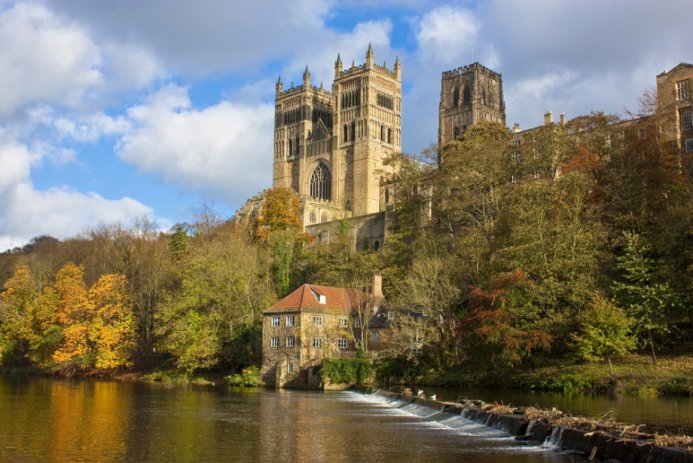Historical buildings in England

If a building is considered by the Secretary of State (for Culture, Media and Sport) to be of special architectural or historic interest it will be included in a list of such buildings.
The designation regime is set out in the Planning (Listed Buildings and Conservation Areas) Act 1990. The list is maintained by Historic England and is available online through the National Heritage List for England. Applications for new entries and to remove or amend an existing entry are made to Historic England. It will investigate the merits of the application and make a recommendation to the Secretary of State (for Culture, Media and Sport) who will make the decision.
Grade I buildings are of exceptional interest. Just 2.5% of listed buildings are Grade I.
Grade II* buildings are particularly important buildings of more than special interest. 5.5% of listed buildings are Grade II*.
The special interest of a candidate building is assessed with the greatest care. Government has set out the criteria for selection in Principles of Selection for Listed Buildings (October 2013).
The special interest may arise from the contribution the building makes to the architectural or historic interest of any group of buildings of which it forms part (group value). Many buildings are interesting architecturally or historically but in order to be listed a building must have special interest. The Secretary of State uses the following general criteria when deciding whether a building is of special interest.
To be of special architectural interest a building must be of importance in its architectural design, decoration or craftsmanship; special interest may also apply to nationally important examples of particular building types and techniques (eg buildings displaying technological innovation or virtuosity) and significant plan forms.
To be of special historic interest a building must illustrate important aspects of the nation’s social, economic, cultural, or military history and/or have close historical associations with nationally important people. There should normally be some quality of interest in the physical fabric of the building itself to justify the statutory protection afforded by listing.
The entry in the statutory list contains a description of each building to aid identification. This can be just a description of the building and its features, but more modern entries will set out a summary of the assessment of special interest in the building at the time of designation. However, descriptions are not a comprehensive or exclusive record of the special interest or significance of the building and the amount of information in the description varies considerably.
As from 26th June 2013 some new list entries or list entries amended after that date may provide that part or feature of the building is not of special architectural or historic interest .
Extent of protection
The list entry will identify the principal building or buildings that are listed. These will be identified by the formal list entry and not the narrative description, unless there is ambiguity in the list. The whole of any principal building is listed, including the interior.
These rules may mean that considerably more may be protected by the listing than is obvious from the list entry alone and there can often be considerable uncertainty as to what is covered.
This apparent unhelpfulness in the rules is mitigated somewhat by the fact that listed building consent is only required if works affect the special interest in the relevant structure. It may be unclear whether a structure is protected, but it may be clear it holds no special interest even if it is. Group value should obviously be considered in assessing the special interest of ancillary buildings.
Curtilage buildings
In general, any pre-1948 structure that formed part of the land and was in the curtilage of the principal listed building at the date of listing (or possibly 1 January 1969 for buildings listed before that date - this is not a settled point of law) and is ancillary to the principal building is considered to be part of the listing.
As from 26th June 2013 some new list entries or list entries amended after that date may expressly exclude such curtilage buildings from protection .
The courts have considered the precise extent of curtilage on many occasions. Determining the exact curtilage of any building is a complex question and much will depend upon the facts of the individual case. The key considerations are the physical layout of the buildings; the ownership past and present; and, the function of the buildings and spaces past and present .
For some sites the curtilage will be clear. A typical house and its garden will usually have its curtilage defined by its boundary.
Not every building will have a curtilage. A town centre building that has never had any outside space could have no curtilage. The curtilage of some buildings may be in separate ownership, such as a country house and stable block converted into residential dwellings. The stable block may still be considered to be within the curtilage of the country house for listing purposes.
It is important to establish what is listed as it is potentially a criminal offence to fail to apply for listed building consent when it is required. Cases of doubt should be explored with the planning department of the local authority.
A brief Historic England note, Listed Buildings and Curtilage, gives hypothetical examples with indicative plans to assist in understanding curtilage.
Objects and structures fixed to the building
In general, a structure attached to a building, such as adjoining buildings or walls, will also be covered by the listing if the structure was ancillary to the principal building at the date of listing (or possibly 1 January 1969 for buildings listed before that date).






